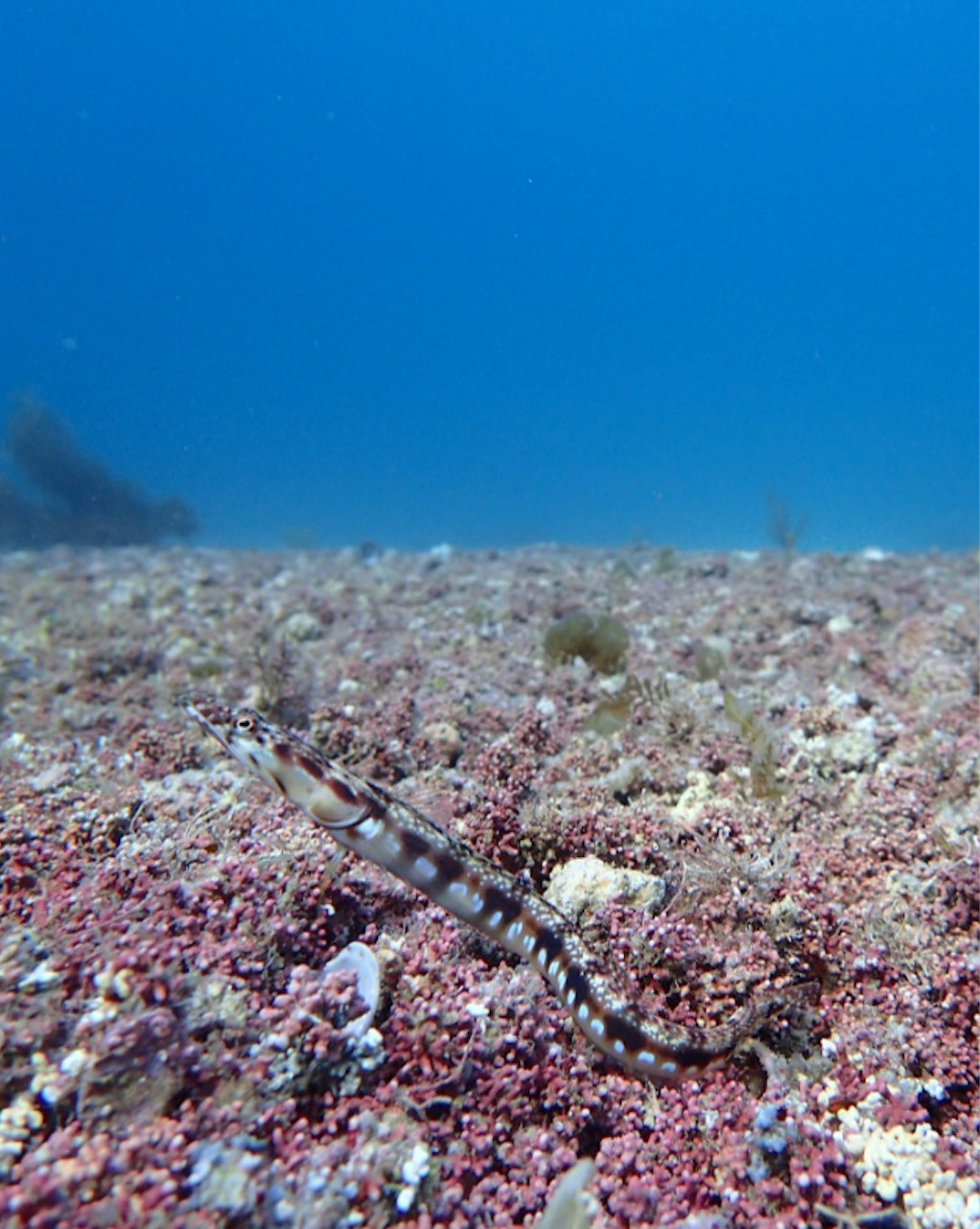The picturesque harbors of Catalina Island are the perfect habitat for rare coral-like red algae known as rhodoliths. Like corals, these algae form calcium carbonate ‘skeletons’ that grow in spherical branching patterns. Then in the gentle wave action of semi-protected harbors, the rhodoliths roll around on the ocean floor like tumbleweeds, forming into spheres, with pockets of open space between the branches.
“They form living layers that look like pink golf balls covering the ocean floor,” explains SJSU/MLML research faculty member Dr. Diana Steller, who led a recent California Sea Grant-funded project on Catalina’s rhodolith beds. “Rhodoliths form a structured habitat on what is otherwise normally soft sediment bottoms—a complex matrix of shapes and sizes for things to find refuge in."
"And because they form a hard structure that's heterogeneous, a lot of organisms can settle, survive better and live there. They act often as nursery grounds, and/or habitat for holdfast of different species,” she adds.
Learn more about Dr. Steller’s fascinating research in new story from California Sea Grant.


